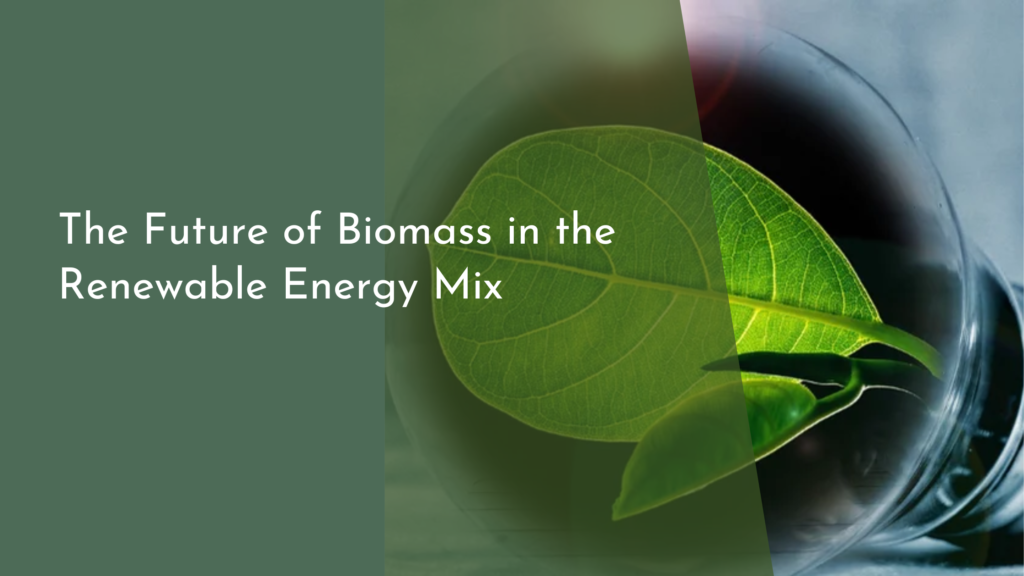Ethanol Fuel: Production Methods and Environmental Impact
Ethanol fuel, a renewable energy source derived primarily from plants, has gained popularity as a greener alternative to fossil fuels. Its versatility allows it to be used in various applications, from fueling vehicles to powering industrial processes. In this article, we will explore the different production methods of ethanol fuel, delve into innovative advancements in technology, and examine the environmental impact of using ethanol as a fuel source.
Exploring the Basics of Ethanol Fuel Production Methods
Ethanol is primarily produced through the fermentation of sugars found in biomass, such as corn, sugarcane, and various other plant materials. The process begins with the extraction of sugars from these sources, which are then fermented by yeast. This fermentation process converts the sugars into ethanol and carbon dioxide. The resulting alcoholic mixture undergoes a distillation process to separate the ethanol from the other components, yielding a high-purity fuel suitable for various uses.
In addition to fermentation, another common method of ethanol production is through the chemical process known as gasification. This involves converting biomass into a synthesis gas (syngas) through high-temperature processes. The syngas can then be fermented or chemically converted into ethanol. While fermentation remains the more widely utilized method, gasification introduces flexibility by allowing for the conversion of non-food biomass, thus reducing competition with food sources.
A Deep Dive into Conventional Ethanol Production Techniques
The most conventional method of ethanol production is the starch-based fermentation process, particularly from corn in the United States. Corn kernels are processed to release starches, which are then converted into sugars by enzymes. Yeast is then added to ferment these sugars into ethanol. This well-established method has been widely adopted due to its efficiency and established supply chain.
Another common method is sugarcane fermentation, notably practiced in Brazil, where sugarcane is crushed to extract juice rich in sucrose. This juice is then fermented similarly to corn-derived ethanol. Both of these conventional methods have their advantages, including established infrastructure and a relatively low cost of production. However, they also raise concerns regarding land use and the potential impact on food supply chains.
Innovative Advances in Ethanol Production Technologies
Recent years have witnessed a surge in innovative technologies aimed at enhancing ethanol production efficiency and sustainability. One such advancement is the development of cellulosic ethanol, which utilizes non-food plant materials, such as agricultural and forestry residues, to produce ethanol. This method not only diversifies the feedstock but also helps reduce waste, making it an environmentally friendly alternative to traditional methods.
Moreover, researchers are exploring the potential of genetically modified organisms (GMOs) and synthetic biology to create more efficient fermentation processes. These technologies aim to increase the yield of ethanol while reducing the time and resources required for production. Innovations such as these may pave the way for a more sustainable future in the ethanol industry, addressing both energy needs and environmental concerns.
Understanding the Environmental Impact of Ethanol Fuel
The environmental impact of ethanol fuel is a crucial consideration in its adoption as a cleaner alternative to fossil fuels. On one hand, ethanol burns cleaner than traditional gasoline, producing fewer greenhouse gas emissions and reducing air pollutants. This characteristic makes ethanol an appealing option for mitigating climate change and improving air quality in urban environments.
However, the production of ethanol is not without its environmental challenges. The cultivation of crops such as corn and sugarcane often requires significant land, water, and pesticide inputs, leading to concerns about habitat destruction, soil degradation, and water resource depletion. Additionally, the energy-intensive processes involved in ethanol production can undermine some of its environmental benefits. Therefore, the balance between the advantages and disadvantages of ethanol fuel must be carefully managed to ensure its role as a sustainable energy source.
Ethanol fuel presents a promising avenue towards a more sustainable energy future, with various production methods and ongoing innovations enhancing its feasibility. While the positive environmental impact of ethanol is evident, it is crucial to address the challenges associated with its production. By continuing to invest in research and technology, we can optimize ethanol production and minimize its environmental footprint, ensuring that it remains a viable alternative to fossil fuels in the years to come. Embracing ethanol fuel may just be one of the cheerful steps we take towards a greener planet!


